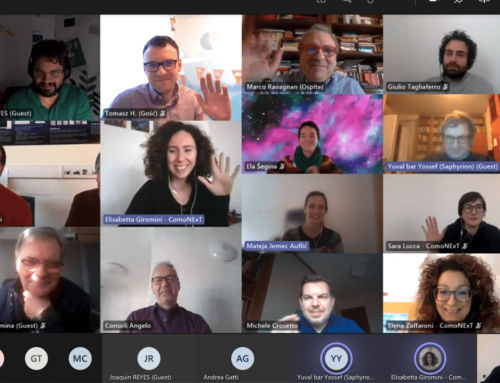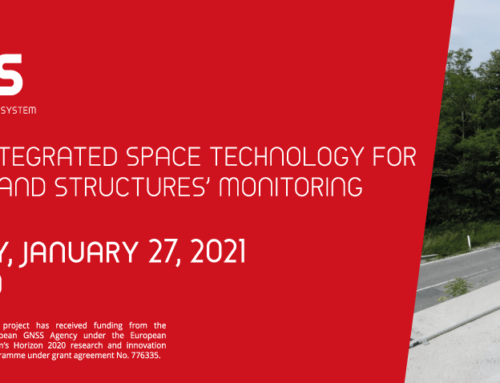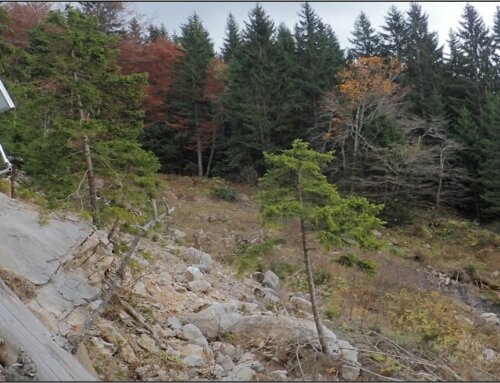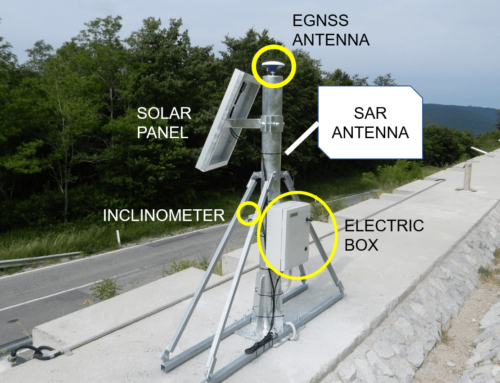On the 27th and 28th September, GIMS’ project partners met in Ljubljana to make the point after almost one year of activities. The technical research phase is about to end: components for the GIMS’ prototype have been checked in order to verify the needed requirements.
GIMS system is going to be a stand-alone monitoring unit to screen landslides, subsidence and other environmental hazards. The unit is linked to an end-to-end application for generating GNSS, SAR and other in-situ sensors, to generate precision survey results with millimetric level accuracies and daily acquisition rate. Furthermore, accelerometers will guarantee real-time alerts.
GIMS builds on the previous experience of GRED – project coordinator – that developed a GPS-only solution for geodetic monitoring. According to GIMS project, that software has been redesigned to guarantee flexibility, automation and speed. Saphyrion, thanks to its experience in GNSS technologies, is developing the chipset for the GIMS’ receiver.
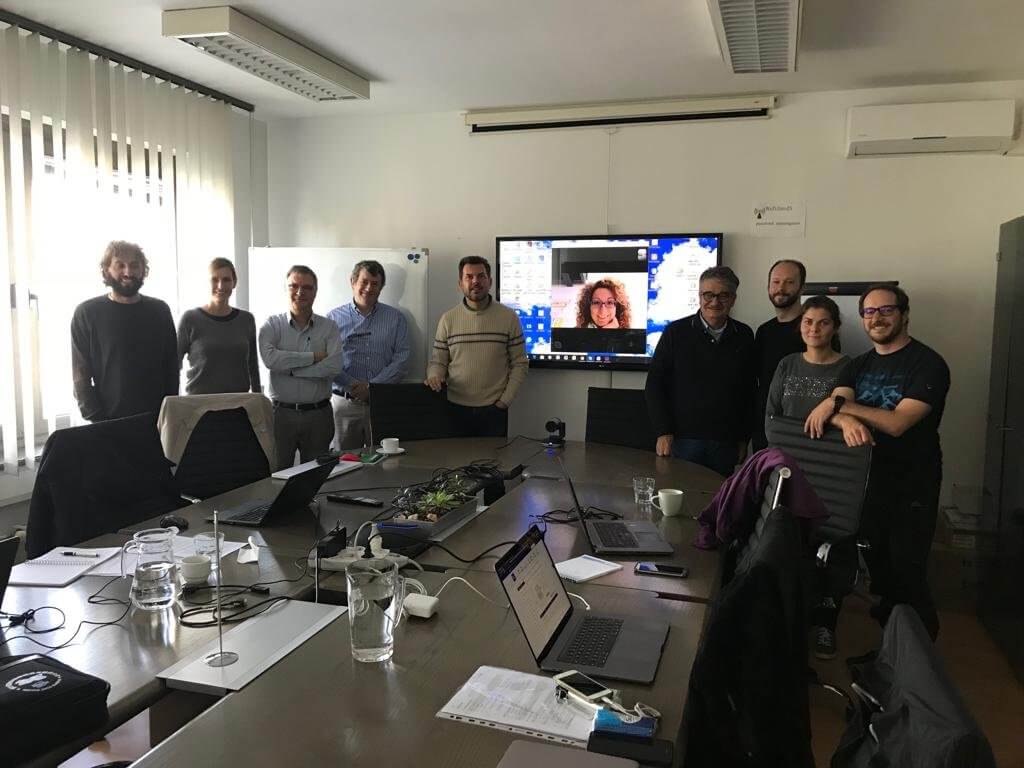
In the meanwhile, CTTC is working on the tools for sentinel SAR data processing. The technical performances of the transceiver, on the basis of the first tests realized, are in agreement with the requirements requested.
Concerning MEMs data processing, GeoNumerics is selecting IMU sensors and is working on simulation tools. The work is ongoing and will open the path to the integration process of the above-mentioned hardware and software’s in order to launch the system validation, following the installation of the two prototypes in Slovenia.
GeoZS has presented the locations for pilot cases in the Vipara Valley, which presents a very active landslides’ area. The demonstration activities in relevant environment will take place from April 2019 onwards. The pilot tests will allow the user requirement definition so to refine the GIMS product.
Check our project partners here.
During the second day of the meeting, when the visit to prototype sites took place, partners discussed on technical aspects such as antenna stability and station protection equipment. The prototype must be able to face real environment conditions, making it more similar as possible to the final GIMS product. Indeed, the pilot test areas in Slovenia are normally characterized by cold winters with snowfalls from 30 cm to 2 meters.
All partners are well determined to carry on the work in due time and assemble the first prototype in Spring 2019.
Stay tuned!

